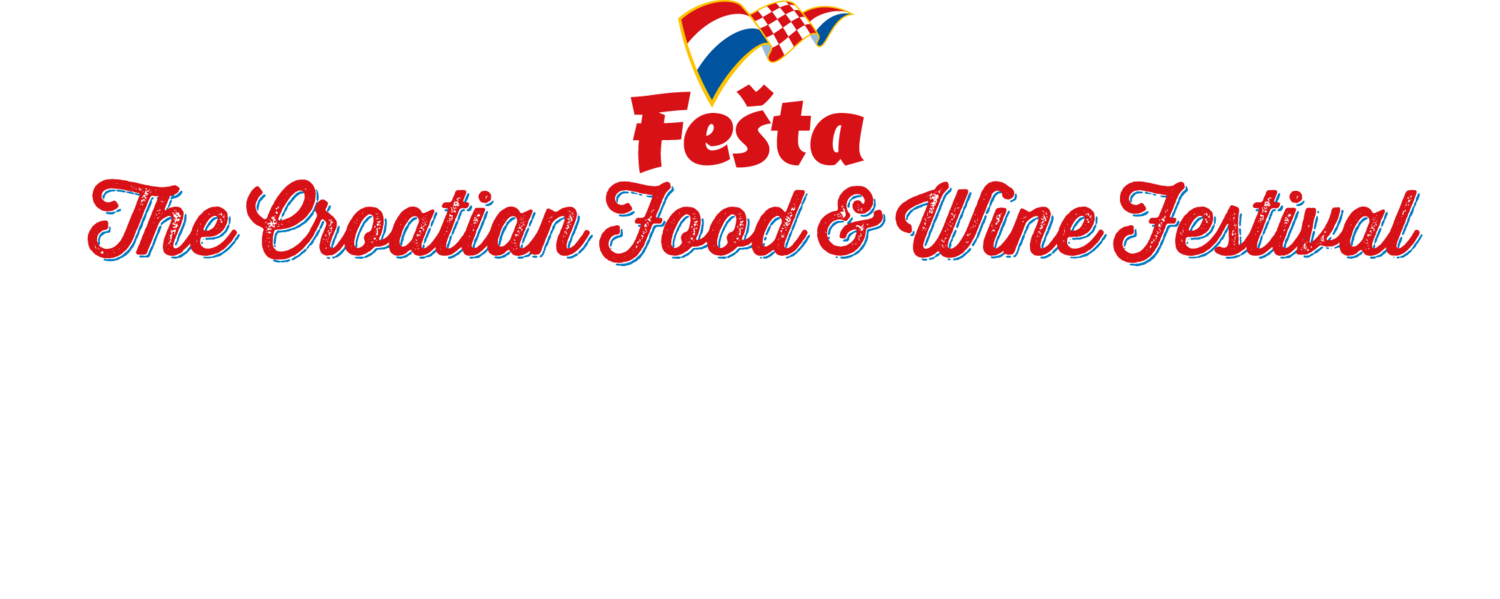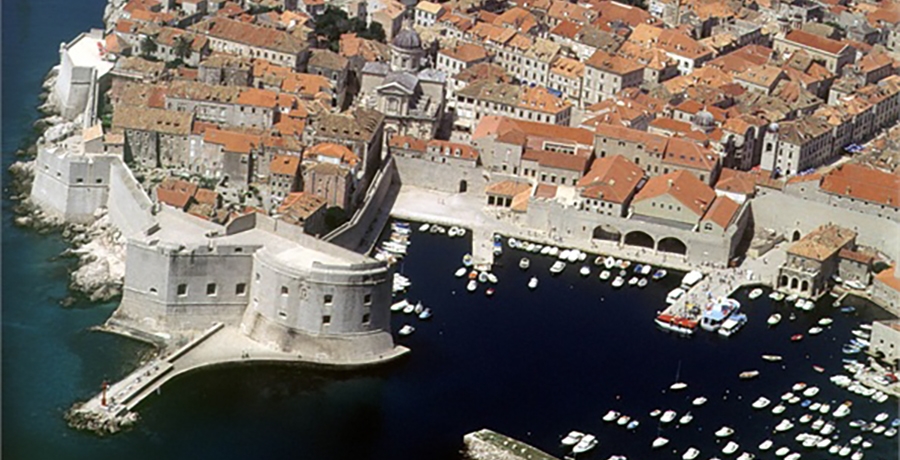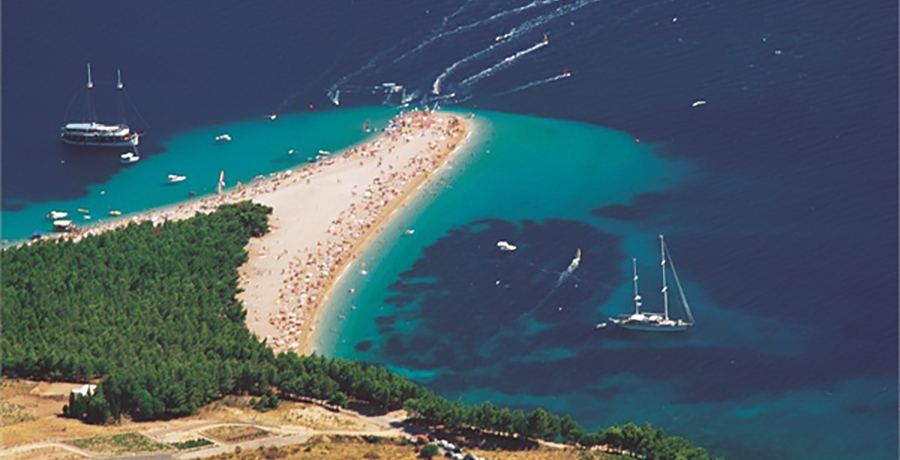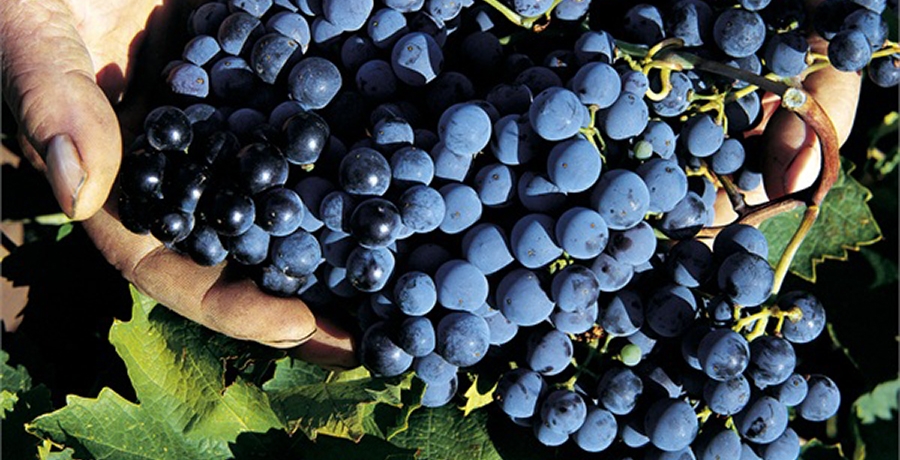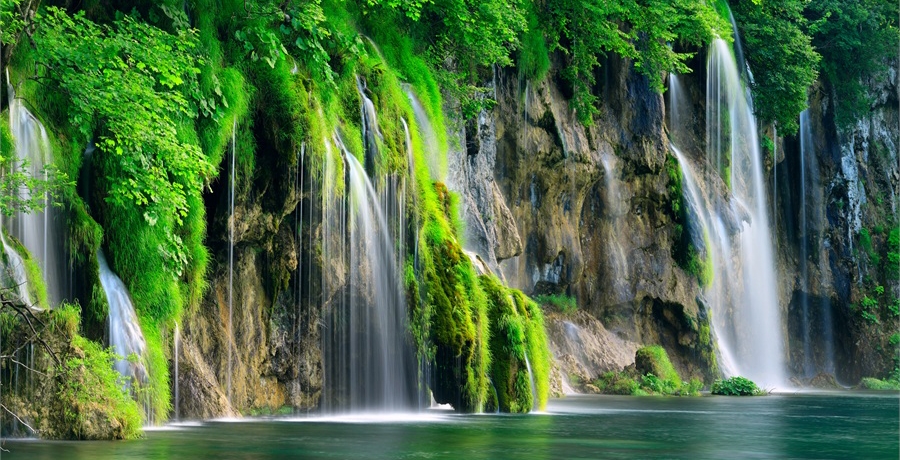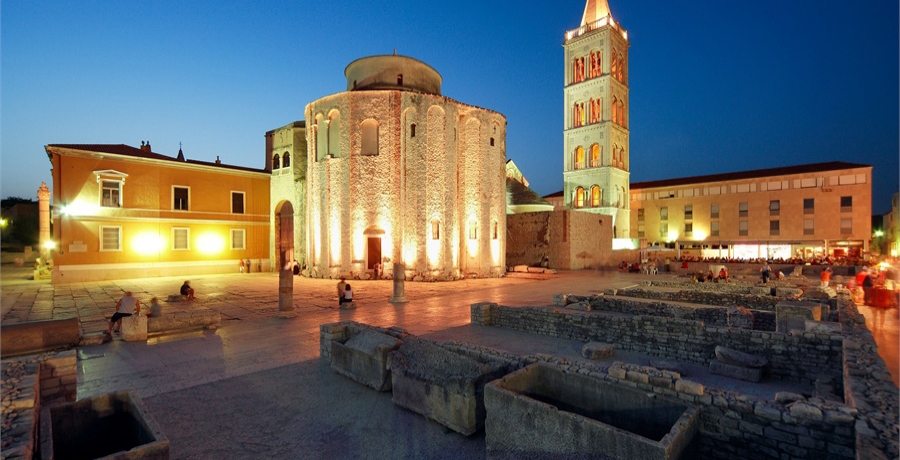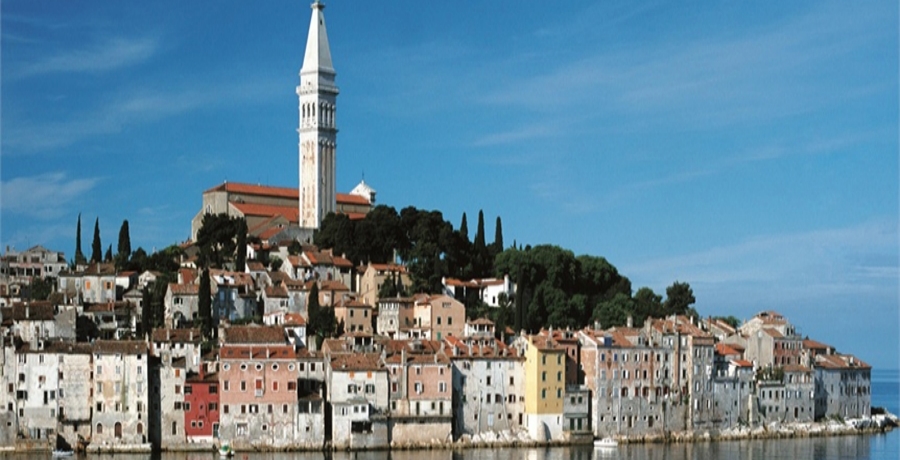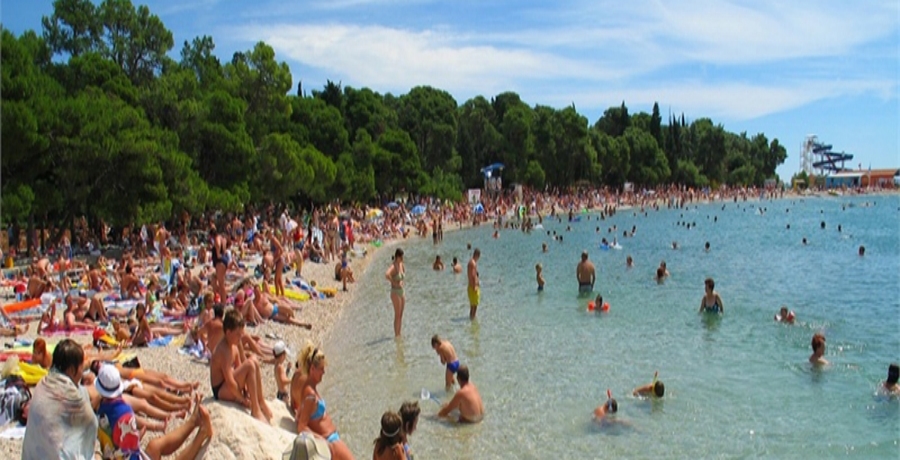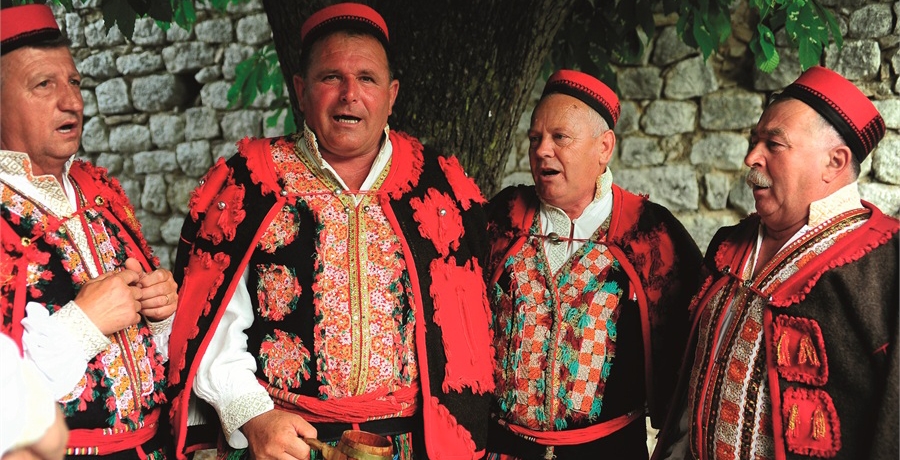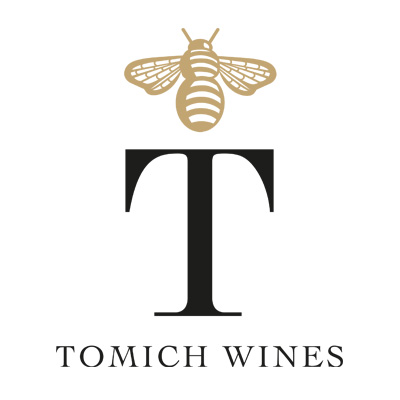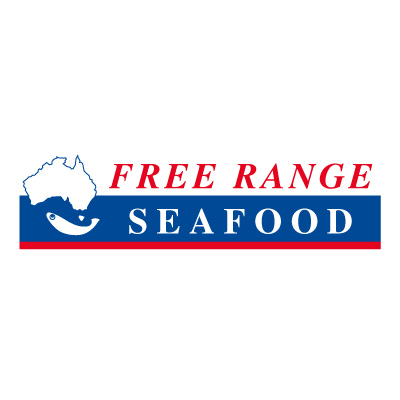About Croatia
Croatia (Croatian: Hrvatska), officially the Republic of Croatia (Croatian: Republika Hrvatska), is a unitary democratic parliamentary republic at the crossroads of Central Europe, Southern Europe, and the Mediterranean. Its capital and largest city is Zagreb. The country is divided into 20 counties and the city of Zagreb. Croatia covers 56,594 square kilometres (21,851 square miles) and has diverse, mostly continental and Mediterranean climates. Croatia's Adriatic Sea coast contains more than a thousand islands.
The country's population is 4.28 million, most of whom are Croats, with the most common religious denomination being Roman Catholicism. Having joined on 1 July 2013, Croatia is the newest, 28th member state of the European Union.
It is a crescent-shaped country at the crossroads of the Mediterranean Sea, Central Europe, and the Balkans. Its capital is Zagreb. Croatia borders with Slovenia and Hungary to the north, Serbia to the northeast, Bosnia and Herzegovina to the east, and Montenegro to the far southeast. In the northwest its territorial waters border Italy's, while its southern and western flanks border the Adriatic Sea.
Croatia is a member of United Nations, the European Union, NATO, the Organization for Security and Co-operation in Europe, and the Council of Europe. Croatian is the official language throughout the whole country.
The culture of Croatia has roots in a long history: the Croatian people have been inhabiting the area for fourteen centuries, but there are important remnants of the earlier periods still preserved in the country. more...
Croatian Cuisine
Croatian cuisine is heterogeneous and is known as a cuisine of the regions since every regions has its own distinct culinary traditions. Its roots date back to ancient times and the differences in the selection of foodstuffs and forms of cooking are most notable between those on the mainland and those in coastal regions.
Mainland cuisine is more characterized by the earlier Slavic and the more recent contacts with neighbouring cultures - Hungarian, Austrian and Turkish, using lard for cooking, and spices such as black pepper, paprika, and garlic.
The coastal region bears the influences of the Greek, Roman and Illyrian, as well as of the later Mediterranean cuisine - Italian (especially Venetian) and French, using olive oil, and herbs and spices such as rosemary, sage, bay leaf, oregano, marjoram, cinnamon, clove, nutmeg, lemon and orange rind. Peasant cooking traditions are based on imaginative variations of several basic ingredients (cereals, dairy products, meat, fish, vegetables) and cooking procedures (stewing, grilling, roasting, baking), while bourgeois cuisine involves more complicated procedures and use of selected herbs and spices. Charcuterie is part of Croatian tradition in all regions.
Croatian cuisine can be divided into a few regional cuisines (Istria, Dalmatia, Dubrovnik, Lika, Gorski Kotar, Zagorje, Međimurje, Podravina, Slavonija) which all have their specific cooking traditions, characteristic for the area and not necessarily well known in other parts of Croatia. Most dishes, however, can be found all across the country, with local variants. This is also why the varied cuisine of Croatia is called "cuisine of the regions". more...
Croatian Wine
Croatian wine (vino) has a history dating back to the Ancient Greek settlers, and their wine production on the southern Dalmatian islands of Vis, Hvar and Korčula some 2,500 years ago. Like other old world wine producers, many traditional grape varieties still survive in Croatia, perfectly suited to their local wine hills. Modern wine-production methods have taken over in the larger wineries, and EU-style wine regulations have been adopted, guaranteeing the quality of the wine.
There are currently over 300 geographically defined wine regions, and a strict classification system to ensure quality and origin. The majority of Croatian wine is white, with most of the remainder being red, and only a small percentage is rosé wines. In 2010, Croatia ranked 30th in wine producing countries with an estimated 50,000 tonnes.
Wine is a popular drink in Croatia, and locals traditionally like to drink wine with their meals. Quite often, the wine is diluted with either still or sparkling water - producing a drink known as gemišt (a combination of white wine and carbonated water), and bevanda (a combination of red wine and still water). more...
Links
Official Government of Croatia website
Information collated and used under Creative Commons licence - courtesy Wikipedia
Photos courtesy of Croatian National Tourist Board
